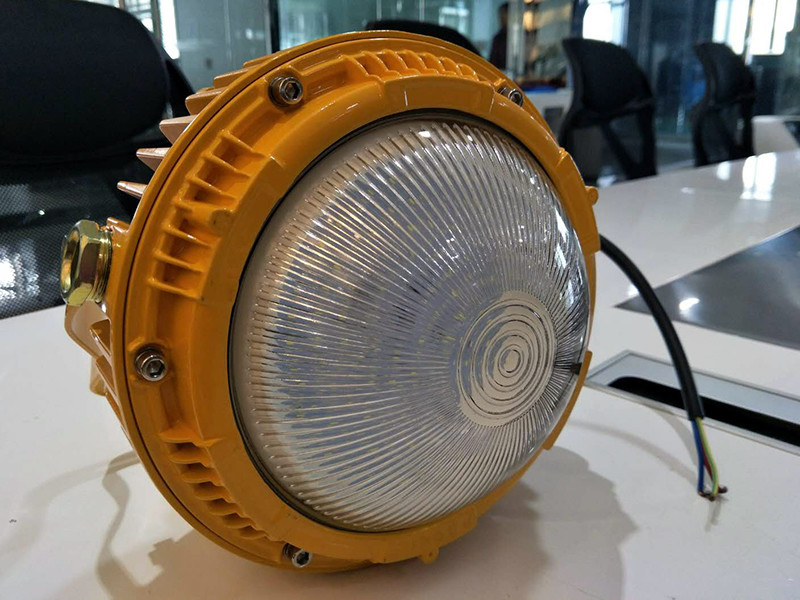Skop ta' Applikazzjoni:
Fi kliem sempliċi, “prova ta' splużjoni” id-dawl huwa tip ta 'tagħmir elettriku kontra l-isplużjoni użat f'żoni b'riskji ta' splużjoni. Żoni bħal dawn huma kkaratterizzati mill-preżenza ta 'gassijiet li jaqbdu, fwar, jew trab fl-arja. Tagħmir elettriku installat u użat f'dawn l-ambjenti għandu jissodisfa r-rekwiżiti tal- “Kodiċi għad-Disinn ta' Installazzjonijiet Elettriki f'Ambjenti Splussivi u Perikolużi tan-Nar” (GB50058).

Raġuni għall-Ħtieġa:
Bosta siti ta' produzzjoni jiġġeneraw sustanzi kombustibbli. Madwar żewġ terzi taż-żoni fil-minjieri tal-faħam huma suxxettibbli għal splużjonijiet; fl-industrija kimika, fuq 80% taż-żoni tal-produzzjoni huma splussiv. Ossiġenu huwa omnipreżenti fl-arja. Sorsi ta 'tqabbid mill-użu estensiv ta' strumenti elettriċi, xrar tal-frizzjoni, xrar tal-ilbies mekkaniku, xrar statiċi, u temperaturi għoljin huma inevitabbli, speċjalment meta l-istrumenti u s-sistemi elettriċi jaħdmu ħażin.
Oġġettivament, bosta siti industrijali jissodisfaw il-kundizzjonijiet għall-isplużjonijiet. Meta l-konċentrazzjoni ta 'sustanzi splussivi fl-arja tilħaq il-limitu splussiv u sors ta' tqabbid ikun preżenti, tista’ sseħħ splużjoni. Għalhekk, il-ħtieġa għal miżuri kontra l-isplużjoni ssir evidenti.
Kost-Effettività:
Raġuni waħda sinifikanti li n-nies joqogħdu lura milli jużaw dwal kontra l-isplużjoni hija l-ispiża tagħhom. Madankollu, analiżi dettaljata tal-kost-benefiċċju li tqabbel id-dwal inkandexxenti ordinarji ma’ dwal kontra l-isplużjoni turi li dawn tal-aħħar għandhom ħajja ħafna itwal. Filwaqt li dwal inkandexxenti jistgħu jkunu orħos fil-bidu, ħajja iqsar tagħhom u s-sostituzzjonijiet frekwenti jeħlu spejjeż akbar ta 'manutenzjoni. Għalhekk, il-kost-effettività ġenerali tad-dwal li ma jagħmlux splużjoni hija ħafna ogħla minn dik tad-dwal inkandexxenti.
 Shenhai Splużjoni-Prova
Shenhai Splużjoni-Prova
